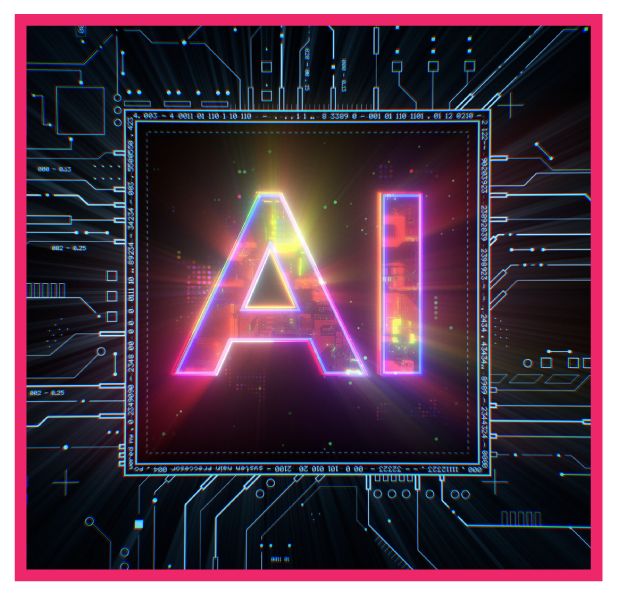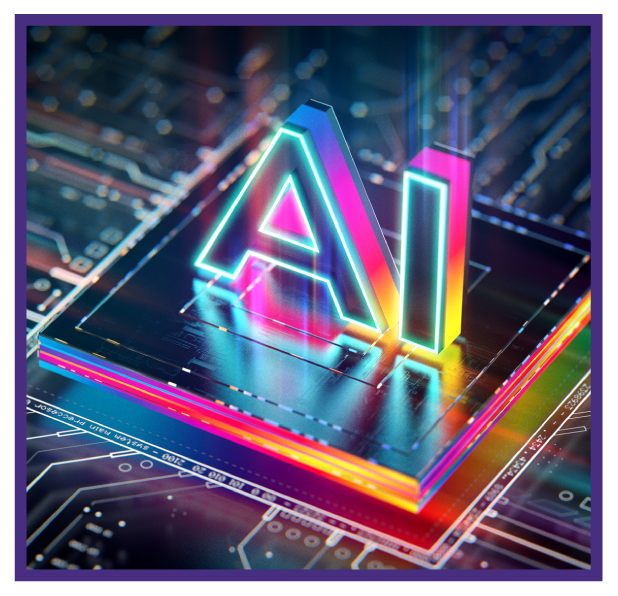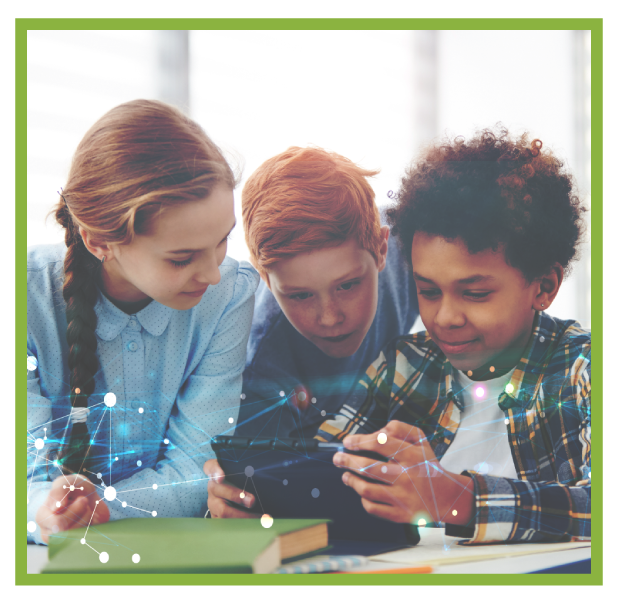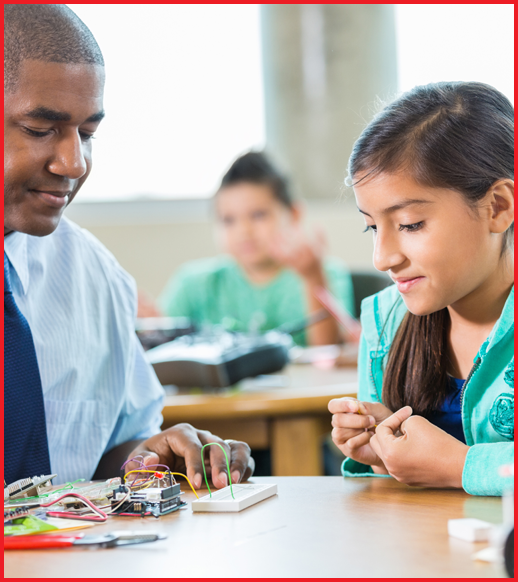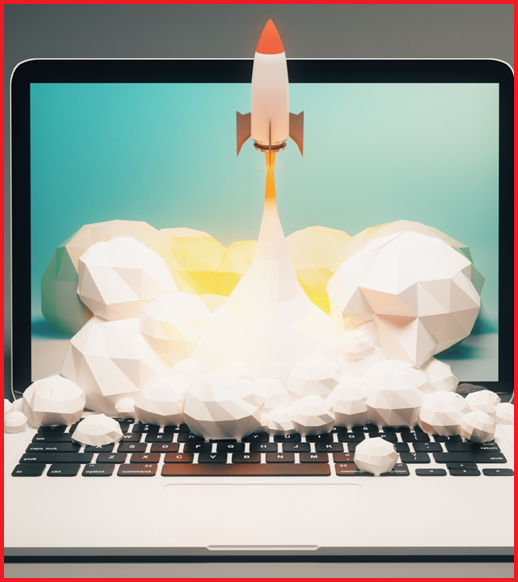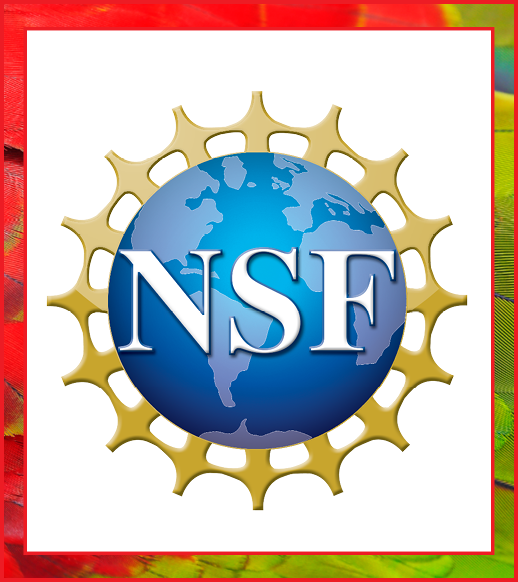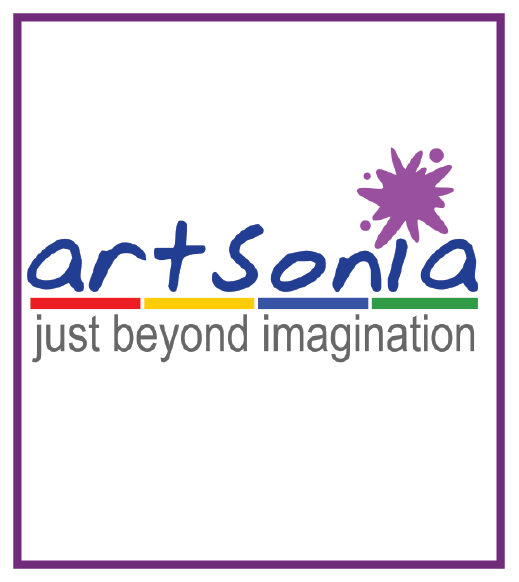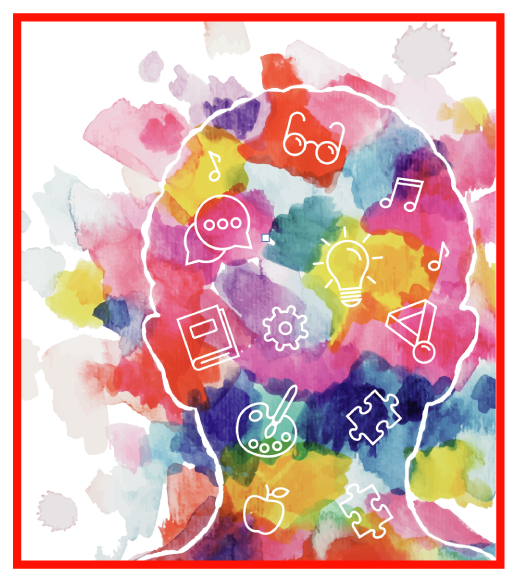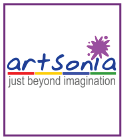
Art Education and Technology
- Contains 3 Component(s), Includes Credits
[January 10, 2024] This presentation explores the impact of artificial intelligence on today’s art education practices. It also provides suggestions for art educators interested in the incorporation of AI technology into art curricula, or those concerned about ethical issues involving the use of AI. Recently, many educators, engineers, and administrators have addressed the need to prepare for the changes AI may cause, but many art educators may also feel unprepared for these changes as they pertain to the intersection of AI, visual arts, and creativity. Using machines as a creative agency is a relatively new concept, and, in some ways, AI-generated art challenges traditional definitions of creativity. In this presentation, three art educators who teach in secondary and postsecondary education settings will share their thoughts and experiences related to AI’s impact on K–16 education. The webinar will introduce the following: 1. How high school students use AI technology in art classrooms. 2. How preservice art teachers explore the possibilities and risks of AI. 3. How college foundations students are encouraged to reexamine the role of creativity in artmaking processes and push creative boundaries. In addition, the presenters will examine the ethics and risks teachers and students should be aware of when utilizing AI tools.
-
Register
- Non-member - $49
- Member - Free!
- More Information
-
Register
- Contains 3 Component(s), Includes Credits
[December 6, 2023] We are at the beginning of a new phase of creativity, led by artists who collaborate with machines and feed algorithms with data. Artists employ artificial intelligence (AI) to generate visual images, sounds, and animations using chatbots, neural networks, and prompt-based software. However, these AI-based tools, techniques, and processes are just the beginning of a new trend that could initiate fundamental changes in the way artists and designers approach and produce art. AI artists are challenging copyright and intellectual property laws that don’t currently address the evolving language and aesthetics of art created all or in part using machine learning algorithms. With this greater computing power and the development of future programs, the limits of such output are merely the limits within our own imagination. But as AI becomes more prominent, not just across the arts but across most areas of life and work, what does this mean for artists and the future of art education? To answer this question, our presenters will talk about the implications of AI in the arts to better understand the technology, as well as its widespread adoption and use.
-
Register
- Non-member - $49
- Member - Free!
- More Information
-
Register
- Contains 2 Component(s), Includes Credits
[April 6, 2022] Explore various approaches to teaching media arts from a group of celebrated educators with affiliations from Adobe, ISTE, NASA, and the NAEA ArtEdTech Interest Group. We’ll share best practices and cover both traditional media arts approaches as well as new and emerging media. We will also share engaging project ideas using various technologies that can be applied in classes in both K–12 and college.
-
Register
- Non-member - $49
- Member - Free!
- More Information
-
Register
- Contains 2 Component(s), Includes Credits
Join three museum educators from the Smithsonian Institution to learn more about how digital museum resources at the new Smithsonian Learning Lab can support a more inclusive curriculum. From inquiry-based strategies in examining the American experience depicted through portraiture to unpacking the context of historical narratives communicated through art with your students, the Learning Lab holds potential for all grade levels. Teachers and students can create, customize, and adapt personal collections of resources, and use interactive tools to annotate resources noting details, pose discussion questions, and sort resources on a spectrum or categories to make connections between multiple artworks.
-
Register
- Non-member - $49
- Member - Free!
- More Information
-
Register
- Contains 2 Component(s), Includes Credits
Science, technology, engineering, art, and math—knowledge in these fields will take our students far. And, the ways to give them this knowledge can be engaging and fun! Join STEAM specialist and educator Tim Needles as he shares creative lessons and approaches for every experience and education level when incorporating STEAM in the art room. This webinar will outline the fundamentals of STEAM and share a variety of technologies and concepts from old school ideas—light painting, upcycling, and cardboard—to emerging technologies such as digital drawing, 3D printing, augmented reality, coding, and robotics. Learn about the various ways STEAM lessons can cover everything from timing to environment to authentic project-based learning. Whether you’ve never tried teaching a STEAM lesson or you’re a full-time makerspace educator, this webinar will have something inspiring for you!
-
Register
- Non-member - $49
- Member - Free!
- More Information
-
Register
- Contains 2 Component(s), Includes Credits
This webinar contains valuable information about six different tools and is relevant for all art educators. Learn about one tool or all six. Your students will be glad you did.
-
Register
- Non-member - $49
- Member - Free!
- More Information
-
Register
- Contains 1 Component(s), Includes Credits
Learn how STEAM—science, technology, engineering, art, and mathematics—can promote equity and build identification with science and art! Discover a series of hands-on lessons that embody these principles by engaging students in content that covers art and science together. These activities connect the visual arts with biology, chemistry, and optics and, in turn, promote a STEAM mindset. Content is aligned with both art and science national standards.
-
Register
- Non-member - $49
- Member - Free!
- More Information
-
Register
- Contains 1 Component(s)
Calling all K-12 educators! Join us for an in-depth look at Artsonia’s newest features. Follow along as Artsonia’s Jim Meyers and Tiffany Rahn introduce these features and give insider tips on the best ways to get your students uploading their own artwork, videos, photos, and artist statements. Whether or not you’re currently using Artsonia in your classroom, don’t miss this opportunity to see all that this online museum has to offer!
-
Register
- Non-member - Free!
- Member - Free!
- More Information
-
Register
- Contains 2 Component(s), Includes Credits
Move beyond ideas and talking points and jumpstart your STEAM curriculum! Join us for this can’t-miss discussion where presenters will discuss what STEAM is, what it could be, and how we can get there. Get a glimpse into STEAM classrooms and take away practical ideas for application.
-
Register
- Non-member - $49
- Member - Free!
- More Information
-
Register
- Contains 1 Component(s)
Join Tiffany Rahn and Jim Meyers as they lead an overview of Classroom Mode, the simple way for students to create their own digital portfolios in Artsonia. Learn how these student portfolios can also be used for assessment, classroom management, art program fundraising, and more!
-
Register
- Non-member - Free!
- Member - Free!
- More Information
-
Register
| Access Date | Quiz Result | Score | Actions |
|---|
